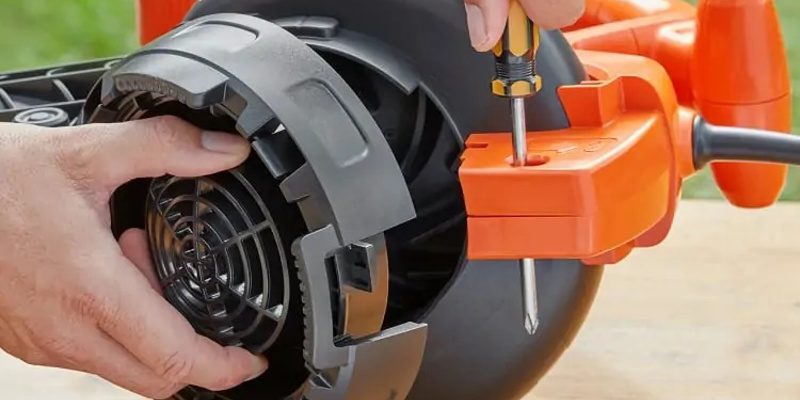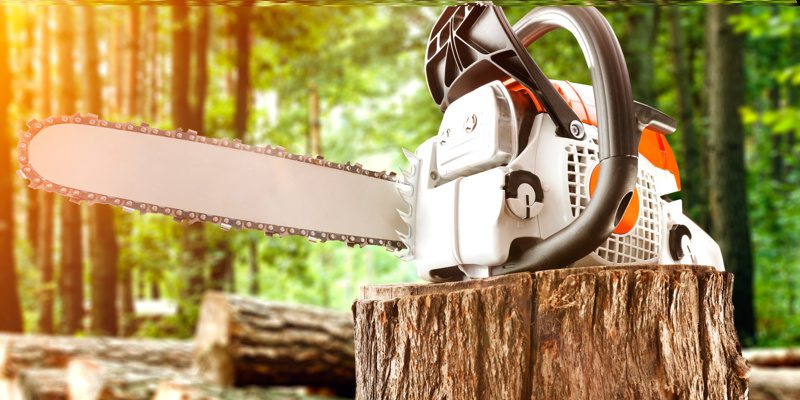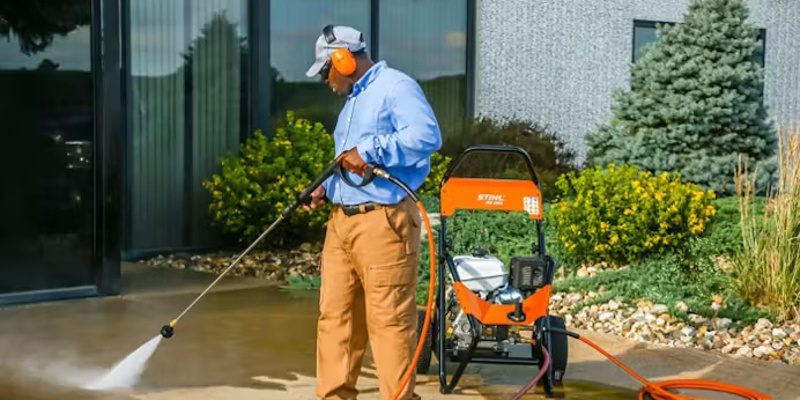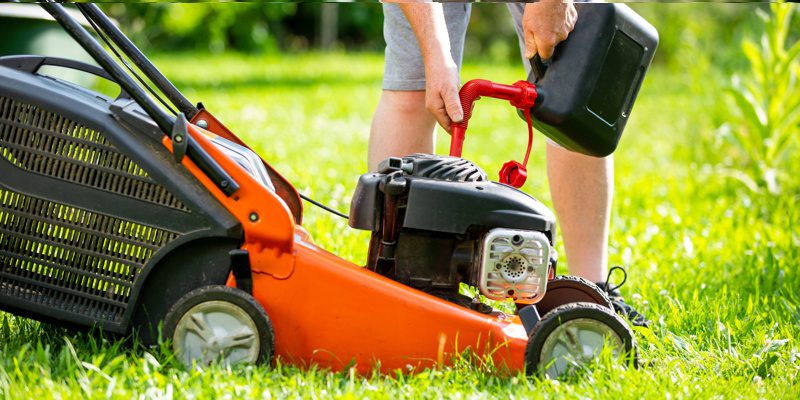Leaf blowers are handy tools that make light work of blowing leaves and debris off the lawn, driveway, and sidewalks. However, like any tool, they require maintenance to function properly. With proper maintenance, your leaf blower will not only be more efficient in cleaning but also last longer. In this blog post, our team at B & M Lawn & Garden will share some essential leaf blower maintenance tips.
1. Clean the Air Filter Regularly
The air filter keeps dust and debris out of the engine and, over time, it can become clogged up. If this happens, the engine will have to work harder, leading to poor performance and, in some cases, engine damage. Set a reminder to clean the air filter regularly, following the manufacturer’s instructions.
2. Check the Fuel and Oil Level
Before using your leaf blower, check the fuel and oil levels. Running out of oil can damage the engine and lead to expensive repairs, and running out of gas can result in a lack of power or cutting out mid-use.
Remember that not all models are powered with fuel and an engine, however. If you have an electric model, this step won’t apply.
3. Keep the Spark Plugs Clean
If you have a gas-powered leaf blower, the spark plugs will be another maintenance concern for you. The spark plug ignites the fuel and air mixture in the engine, and dirt and debris can build upon it. The result is a misfiring engine or altogether failure. Check your spark plug for wear and tear and clean or replace the plug as needed.
4. Store your leaf blower properly
Storing your leaf blower correctly will extend its life. When storing your leaf blower, drain the remaining fuel from the tank, clean the exterior, remove the battery, and store the unit in a dry, secure place away from sunlight.
Following these maintenance tips will help you extend the life of your leaf blower and make sure you have a safe and high-performing tool. Visit B & M Lawn & Garden in Anaheim, CA, to have a look at our inventory of commercial and residential leaf blowers. We proudly serve Long Beach, San Bernardino, and the surrounding areas.



